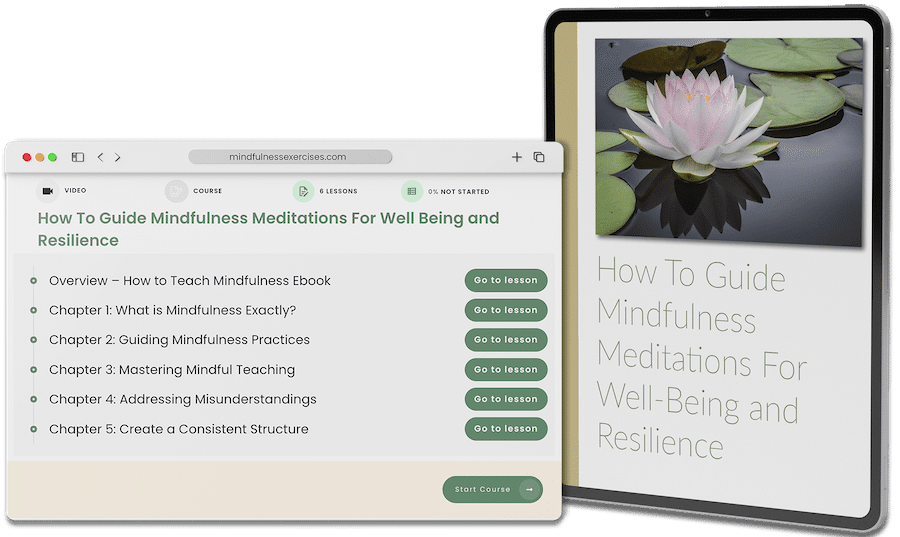In yoga studios around the world, millions of people are stretching, breathing and practicing stress reduction. Without knowing it, they might also be healing from traumatic events. For millennia, yogis have used this ancient philosophy as a way of harnessing emotions and regulating mental and physical health. While many yoga students are already using yoga to augment treatment for depression, anxiety, other mood disorders, and difficult life transitions, there is now a growing body of scientific evidence backing the use of this three-thousand-year-old system of health to help individuals recover from trauma.
Mindfulness, the ability to dwell peacefully in the present moment is one of the main goals of classical yoga. It is also one of the main goals of trauma therapy as traumatic events often take away the ability to find moments of peace. Mindfulness practices, especially movement practices like yoga, can make a big difference in the trauma recovery process.
“What does seem clear is that talk therapy alone will not reinvigorate many parts of the brain that are damaged by trauma.”
Dave Emerson
Mindful Hub had a conversation with Dave Emerson, Coordinator of the Yoga Services Program at the Trauma Center, part of the Justice Resource Institute in Boston, MA, to better understand the link between yoga, mindfulness, and trauma. Dave works with veterans, refugees, and victims of domestic violence, using yoga to help heal trauma. Here’s what Dave said about the program:

“The program started in 2003. From the beginning, our classes for people with PTSD have been studied. That is, there has always been an empirical component to what we do – from subjective data (self-reports) to objective data associated with PTSD (Heart Rate Variability and, now, brain scans!). Though there is plenty yet to learn, we are at the point where we feel justified calling trauma-sensitive yoga an adjunct treatment for trauma and PTSD.”
“Our model has two primary components: first and foremost, doing what we can to make yoga ‘safe’ for our students. Trauma takes a tremendous toll on our body: from chronic pain and ‘un-ease’ to a deeply damaged sense of ourself in the world (that feeling that ‘I exist’ and ‘I am here, right now’ and ‘my body is a safe place’ – all deeply damaged by complex trauma). We need to do a lot of work in order to make it safe for people to ‘experiment’ with having a body again and we focus a good bit of our attention in this realm.”
‘I was able to move my body and be in my body in a safe place and without hurting myself or getting hurt’
Trauma-sensitive yoga participant
“The second component is teaching yoga in a way that is most conducive to healing from PTSD and this involves an understanding of neurophysiology. Luckily, we have a neurophysiologist on the team – Dr. Bessel van der Kolk. His work focuses largely on how the brain is impacted by trauma and finding the best ways to heal those impacted areas. It turns out yoga might be one of the best ways to heal the traumatized brain – although we still have a lot to learn. What does seem clear is that talk therapy alone will not reinvigorate many parts of the brain that are damaged by trauma especially those that allow us to sense and feel ourselves as living beings located in time and space. For this we need to ‘do’ something. To experience our bodies moving through space and to be able to notice and interact with sensations rather than being imprisoned or ‘hijacked’ by them.”
Here, three students explain their experience with our 10-week study protocol of trauma-sensitive yoga:
“[I] had been doing individual therapy so long and unblocking came during the study. Now I can access feelings and not feel overwhelmed. [They are] actually in control and manageable.”
“Moving around, I started feeling things in my body that don’t have a to be negative.”
“I was able to move my body and be in my body in a safe place and without hurting myself or getting hurt.”
To learn more about trauma-sensitive yoga, take a look at the book, Overcoming Trauma through Yoga: Reclaiming Your Body by Dave Emerson and Elizabeth Hopper:
For more information on the Trauma Center yoga program, visit the Trauma Center website: http://traumacenter.org/clients/yoga_svcs.php
Interesting in becoming a trauma-sensitive yoga teacher? Take a look at the upcoming training at kripalu.org


















